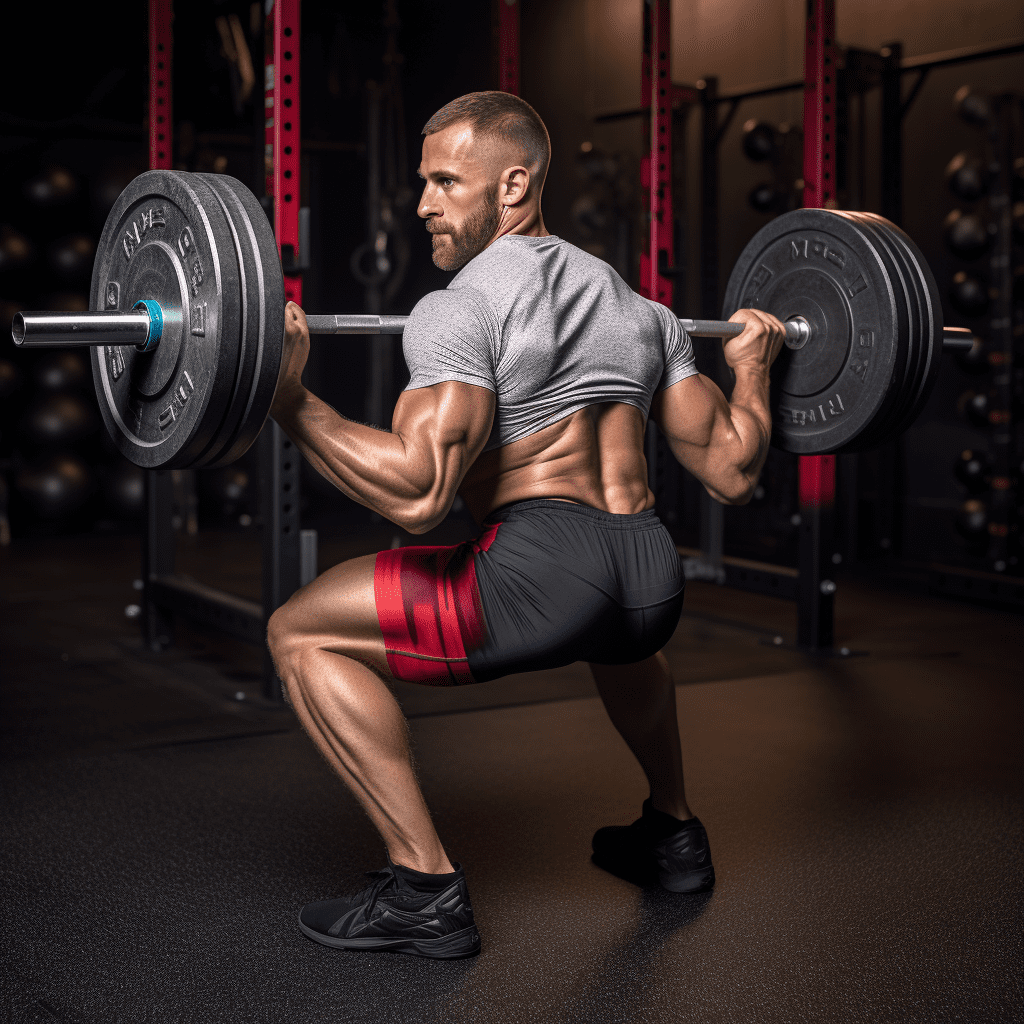
Why Does My Lower Back Hurt When I Squat?
Are you experiencing lower back pain every time you squat? You’re not alone. Many individuals struggle with this issue, and it can be quite frustrating and discouraging. Understanding why your lower back hurts during squats is crucial in finding a solution and continuing your fitness journey without discomfort or injury. In this article, we will explore common causes of lower back pain during squats and provide tips to help alleviate or prevent it.
Common Causes of Lower Back Pain During Squats
- Poor Form: One of the most common causes of lower back pain during squats is having poor form. When performing a squat, it’s important to maintain proper posture, engage the core muscles, and distribute the weight evenly. Failure to do so can put excess strain on the lower back, leading to pain and discomfort.
Weak Core Muscles: A weak core can also contribute to lower back pain during squats. The core muscles play a crucial role in stabilizing the spine and supporting the lower back. If these muscles are weak, they may not be able to handle the load placed on them during squats, resulting in pain and discomfort.
Improper Breathing Technique: Proper breathing technique is essential during squats. Failing to breathe correctly can lead to increased intra-abdominal pressure, which puts unnecessary strain on the lower back. It’s important to exhale on the exertion phase (while coming up from the squat) and inhale during the eccentric phase (while lowering into the squat).
Lack of Mobility or Flexibility: Limited mobility or flexibility in the hips, ankles, or upper back can also contribute to lower back pain during squats. When these areas are tight or restricted, it can lead to compensations and improper movement patterns, placing undue stress on the lower back.
Heavy Weight or Progressing Too Quickly: Overloading the squat movement with heavy weights or progressing too quickly without allowing the body to adapt can be a recipe for lower back pain. It’s essential to gradually increase the load and listen to your body’s signals to avoid injury and promote proper movement mechanics.
Existing Injury or Condition: It’s essential to consider any pre-existing injuries or conditions that may contribute to lower back pain during squats. Conditions such as herniated discs, muscle strains, or spinal issues can be aggravated by the squatting movement. Consulting with a healthcare professional or experienced trainer may be necessary to address these specific concerns.
Tips to Alleviate or Prevent Lower Back Pain During Squats
Focus on Form: Ensure you have proper form during squats. Engage your core, keep your back straight, and distribute the weight evenly. Working with a knowledgeable fitness professional or watching instructional videos can help improve your technique.
Strengthen Your Core: Incorporate exercises that specifically target your core muscles to improve their strength and stability. Planks, Russian twists, and bird dogs are excellent choices to include in your workout routine.
Work on Mobility and Flexibility: Dedicate time to improve your mobility and flexibility, particularly in areas such as hips, ankles, and upper back. Incorporate dynamic warm-up exercises, foam rolling, and stretching into your routine to enhance your range of motion.
Gradually Increase Weight: Gradually increase the weight you use during squats to allow your body enough time to adapt and build strength. Avoid the temptation to rush progress, as it can lead to injuries and setbacks.
Listen to Your Body: Pay attention to any discomfort or pain during squats. If your lower back hurts or feels strained, it’s essential to listen to your body and make adjustments as needed. Taking breaks, modifying the movement, or consulting a professional can help prevent further injury.
Consult a Professional: If lower back pain during squats persists or worsens, it may be beneficial to consult a healthcare professional or experienced trainer. They can assess your form, identify any underlying issues, and provide appropriate guidance to resolve the problem.
Frequently Asked Questions (FAQ)
Q: Can I continue squatting with lower back pain?
A: It is generally not recommended to continue squatting if you are experiencing lower back pain. The pain may be indicative of poor form, underlying issues, or potential injury. Taking a break from squats and addressing the root cause of the pain is crucial for proper healing and injury prevention.
Q: Should I stretch before squatting?
A: Yes, incorporating dynamic warm-up exercises and targeted stretches before squatting can help improve mobility and flexibility, reducing the risk of lower back pain. It’s important to focus on stretches that target the muscles involved in the squatting movement, such as the hip flexors, hamstrings, and calves.
Q: How long does it take for lower back pain during squats to go away?
A: The length of time it takes for lower back pain to resolve during squats can vary depending on the severity of the issue and individual factors. With proper form, appropriate modifications, and targeted exercises, it is possible to alleviate lower back pain within a few weeks. However, it’s important to listen to your body and not rush the healing process.
Q: Can squats help strengthen the lower back?
A: Squats primarily target the muscles in the lower body, such as the quadriceps, hamstrings, and glutes. While they do engage the lower back muscles to some extent, additional exercises that specifically target the lower back, such as back extensions or hyperextensions, may be more effective for strengthening this specific area.
Q: Are there any alternative exercises to squats that can be less straining on the lower back?
A: Yes, there are several alternative exercises that can be less straining on the lower back while still targeting the lower body. Some options include lunges, step-ups, deadlifts, hip thrusts, or using a leg press machine. It’s important to choose exercises that work well for your individual body mechanics and goals.
Remember, taking care of your body and prioritizing proper form and technique is essential in any exercise routine. If you continue to experience lower back pain during squats or have concerns about your technique, consult with a healthcare professional or qualified trainer for personalized guidance and support.


